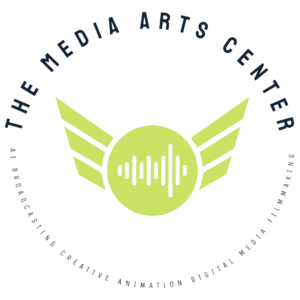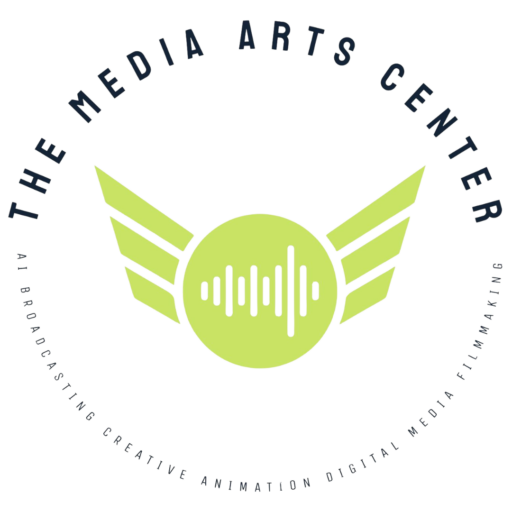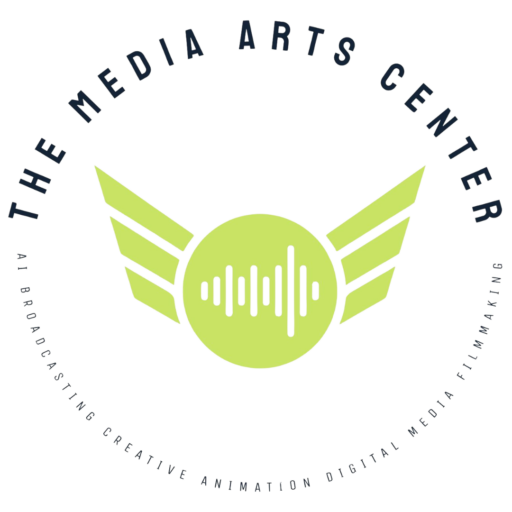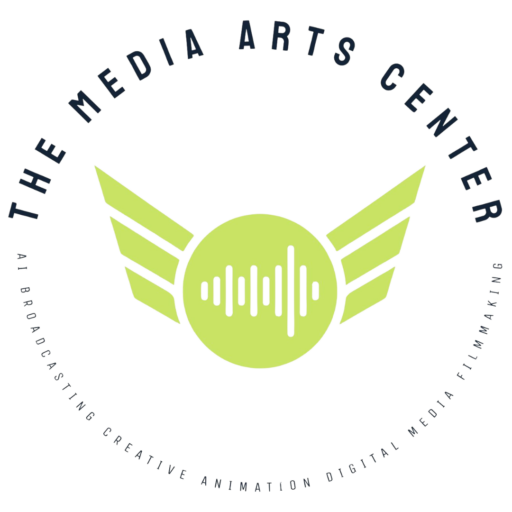Filmmaking for Cinema Advertisement Personal Entertainment Music Television
Filmmaking School Program Onsite
Program Structure:
- Duration: 24 classes + 108 lab hours – 180 total session hours
- Format: Onsite classroom, highly interactive workshops, hands-on studio sessions, collaborative projects, guest lectures.
- Courses: 4 core courses, 6 classes each
- Start Date: August 13th
- End Date: November 12th
- Time: 6pm – 9pm | Tue + Thu
Cost of tuition
Learn more about the program offering and the cost of tuition in the school catalog:
- Course Description: Master the fundamentals of storytelling, character development, and screenplay structure.
- Classes:
- Class 1: Storytelling Fundamentals: Exploring narrative structure, plot development, and theme.
- Project: Develop a logline and one-page synopsis for an original film idea.
- Class 2: Character Development: Creating compelling characters with depth and motivation.
- Project: Write a character study for a protagonist and antagonist, including backstory and arc.
- Class 3: Screenplay Structure and Formatting: Mastering the three-act structure and industry-standard formatting.
- Project: Outline a short film script, including key scenes and plot points.
- Class 4: Dialogue and Scene Construction: Writing engaging dialogue and crafting dynamic scenes.
- Project: Write a scene with compelling dialogue that reveals character and advances the plot.
- Class 5: Genre and Style: Exploring different film genres and developing a unique voice.
- Project: Analyze a film scene from your favorite genre and write a similar scene in your own style.
- Class 6: Rewriting and Polishing Your Script: Providing and receiving constructive feedback, revising, and editing.
- Project: Revise your short film outline based on peer feedback and instructor guidance.
- Class 1: Storytelling Fundamentals: Exploring narrative structure, plot development, and theme.
- Course Description: Master the technical and creative aspects of cinematography, including camera operation, lighting, and composition.
- Classes:
- Class 7: Camera Fundamentals: Exploring camera settings, lenses, and shot composition.
- Project: Shoot a series of still photographs using different camera settings and lenses to achieve various effects.
- Class 8: Lighting Fundamentals: Understanding natural light, artificial light, and lighting techniques.
- Project: Set up a basic lighting scheme for a portrait or interview using available light and reflectors.
- Class 9: Cinematography and Visual Storytelling: Using camera movement, framing, and composition to tell a story.
- Project: Shoot a short scene using different camera angles and movements to create a specific mood and atmosphere.
- Class 10: Color and Tone: Understanding color theory, white balance, and color grading.
- Project: Experiment with color grading techniques in post-production to enhance the mood and atmosphere of a scene.
- Class 11: Working with a Cinematographer: Collaboration, communication, and achieving your vision.
- Project: Plan a shoot with a fellow filmmaker, outlining camera angles, lighting, and visual style.
- Class 12: Advanced Cinematography Techniques: Exploring specialized equipment and techniques like Steadicam and drone cinematography.
- Project: Research and present on a specific cinematography technique or style.
- Class 7: Camera Fundamentals: Exploring camera settings, lenses, and shot composition.
- Course Description: Develop essential skills in casting, directing actors, and bringing characters to life on screen.
- Classes:
- Class 13: The Casting Process: Finding the right actors for your film and conducting auditions.
- Project: Develop a character breakdown and casting call for a short film.
- Class 14: Working with Actors: Building trust, communication, and providing effective direction.
- Project: Direct a scene with actors, focusing on character motivation and objectives.
- Class 15: Directing Styles and Techniques: Exploring different directing approaches and finding your own voice.
- Project: Analyze a scene from a film and identify the director’s style and techniques.
- Class 16: Building a Scene: Blocking, rehearsal, and capturing performances on camera.
- Project: Plan and rehearse a scene with actors, then shoot the scene with a camera.
- Class 17: Working with a Crew: Collaboration, communication, and leadership on set.
- Project: Participate in a mock film shoot, taking on different crew roles.
- Class 18: Directing Different Genres: Adapting your directing style for comedy, drama, action, and other genres.
- Project: Direct a short scene in a specific genre, focusing on the unique challenges and opportunities.
- Class 13: The Casting Process: Finding the right actors for your film and conducting auditions.
- Course Description: Master the art of film editing using Adobe Premiere Pro, from basic cuts to advanced techniques.
- Classes:
- Class 19: Premiere Pro Essentials: Importing footage, organizing projects, and basic editing tools.
- Project: Edit a short sequence of footage, practicing basic cuts and transitions.
- Class 20: Editing for Story and Pacing: Building tension, creating rhythm, and shaping the narrative.
- Project: Edit a short scene, focusing on pacing and emotional impact.
- Class 21: Sound Design and Mixing: Adding music, sound effects, and dialogue to enhance the film.
- Project: Create a soundscape for a short film scene, incorporating music and sound effects.
- Class 22: Color Correction and Grading: Adjusting color and tone to achieve a specific look and feel.
- Project: Color correct and grade a short film scene, creating a consistent visual style.
- Class 23: Advanced Editing Techniques: Exploring visual effects, motion graphics, and advanced transitions.
- Project: Experiment with visual effects and motion graphics to enhance a short film scene.
- Class 24: Exporting and Delivering Your Film: Preparing your film for different platforms and formats.
- Project: Export your edited short film in different formats for online and festival submission.
- Class 19: Premiere Pro Essentials: Importing footage, organizing projects, and basic editing tools.
Key Outcomes:
- Gain a comprehensive understanding of film media tools and techniques.
- Develop strong creative thinking and problem-solving skills.
- Film your project.
- Build a professional portfolio and online presence.
- Explore career paths and opportunities in the film industry.
- Be prepared to thrive in the dynamic and ever-evolving world of film media.
Lab Workshops
Hands on learning professional equipment industry software assignments workflows recording studios
Feel right at home inside a recording booth, directing a film shoot or opening professional edition software. Practice on campus guided by professional instructors and master the skills needed to succeed in today’s media industries.
- In person, on campus.
- Guided learning with expert instructors.
- Professional equipment available.
- Work on your assignments at the studio.
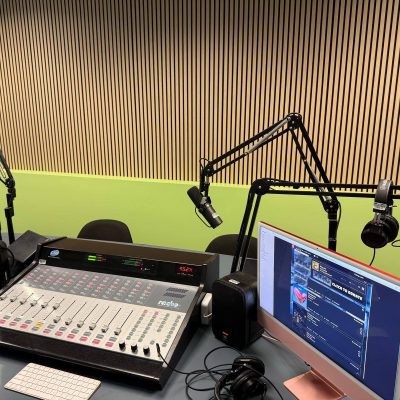
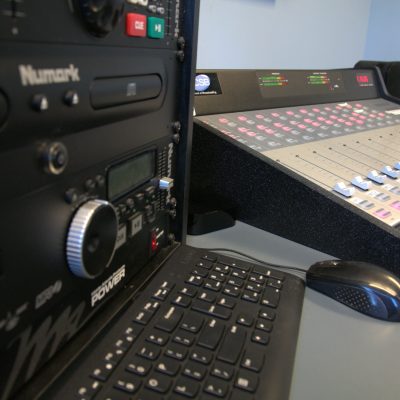


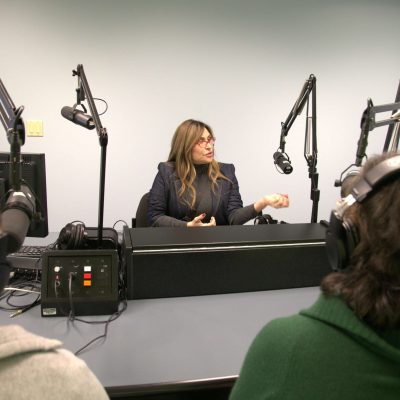

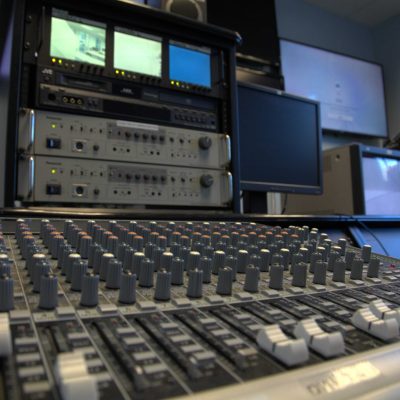

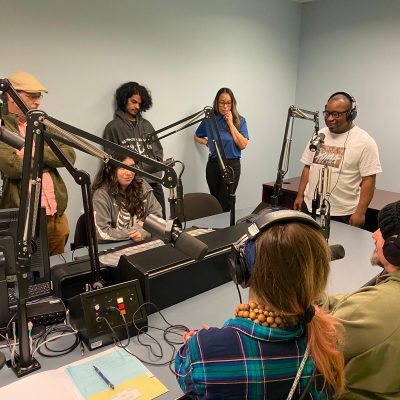

Call me now!
Give us your name and phone number to get your questions answered immediately.
Your information will not be stored or used for any other purpose except this informational call.
Campus Tour
Schedule an in person tour and get a first person look at the classrooms and equipment.
Filmmaking Class 7 Preview - Camera Fundamentals
Camera fundamentals represent the technical foundation that transforms creative vision into compelling visual narratives. Understanding these core principles enables filmmakers to make deliberate choices that serve their storytelling objectives rather than relying on automatic settings or guesswork.
The Rule of Thirds
Dividing your frame into nine equal sections using two horizontal and two vertical lines creates natural focal points at line intersections. Placing important subjects at these intersection points rather than centering them creates more dynamic, engaging compositions.
This principle works across various formats and subjects. Position horizon lines along the upper or lower third line rather than centering them. Place subjects’ eyes on the upper third line for natural-looking portraits. The rule of thirds provides a reliable starting point, though effective composition sometimes requires breaking this rule for specific dramatic effect.
Get a full class for completing your registration, start by selecting your format:
Single Course
6 classes-
1 month duration
-
Choose from any program
-
Access to Lab and Workshops
-
Online content access
Full Program
24 classes-
3 month duration
-
Full program syllabus
-
Access to Lab and Workshops
-
Online content access
Capstone Program
96 classes-
12 month duration
-
Four program syllabus
-
Access to Lab and Workshops
-
Online content access
